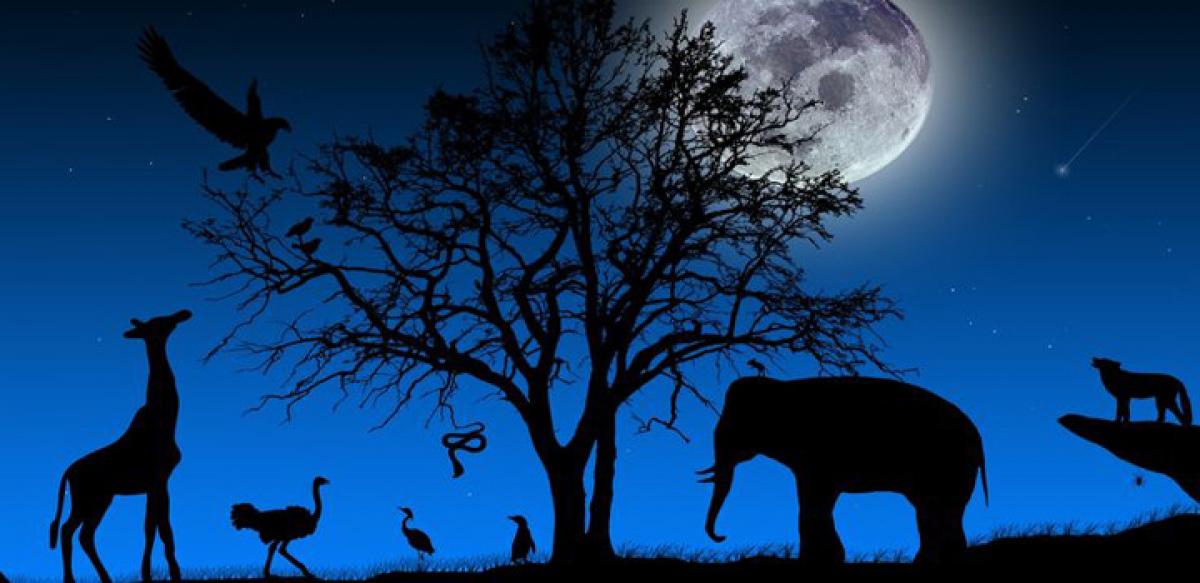Live
- Gottipati Ravi Kumar denies claims of free power,says TDP committed to SC and ST Welfare
- 18 OTT Releases This Week: Amaran, Jigra, Biggest Heist Ever, and More
- Non-invasive imaging tests key for early sepsis detection
- BCCI Rejects Pakistan's Hybrid Model for 2025 Champions Trophy
- Mid-day meal in government schools should be served to students only after the supervisors have eaten first: District Collector Adarsh Surabhi
- Telugu Girl Hansika Nasanally Wins National All-American Miss Title
- Bank Account Holders Can Now Choose Up to 4 Nominees: New Laws
- Dutch Grand Prix to exit in 2026 after contract extension
- Xiaomi Set to Launch Redmi Note 14 Series, Buds 6 and Sound Outdoor Speaker
- Setback for Patnam Narender Reddy in High Court









